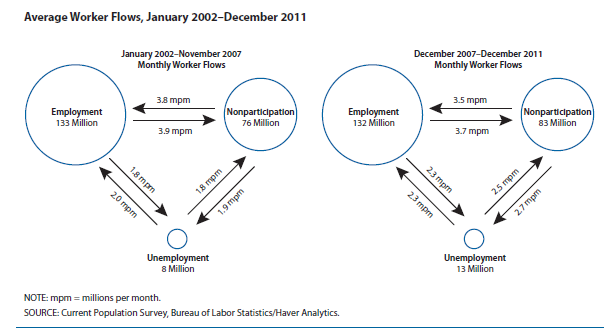Flipping Supply and Demand - Lemonade Version
Interesting story out of Spain, where a marketing company came up with the idea to install lemonade vending machines that actually decrease the price of the lemonade as the outside temperature rises, (and theoretically people will be thirstier and demand more lemonade), and increase the price as temperatures decline.
More details about the 'Let's go crazy and turn the immutable laws of supply and demand on their head' scheme can be found here. The basic pricing plan goes like this:
Each machine displays both the temperature and the price, with three different price levels depending on just how hot it is. Up to 77 degrees Fahrenheit and the price is 2 euros or about $2.45. From 78 degrees F to slightly above 84, the price lowers to about 1.4 euros or $1.70. Anything over 86 degrees F and the drinks are 1 euro or $1.22. Special software allows the machine to automatically adjust.
Traditional economics and business logic of course suggest the exact opposite pricing strategy - as the temperature rises the merchant should increase prices to meet the anticipated elevated demand and maximize profits. Likewise, on cooler days, a lower price for the cold drinks seems to make more sense, as it should, according to everything we've ever learned in Econ 101 class, stimulate demand.
So why would the lemonade vendor enact a pricing strategy so seemingly illogical?
Well it's only illogical if you don't consider the point of view of the customers, to them, their value is maximized, or at least greatly enhanced, by paying less for the cold drink on the hottest days when they are at their thirstiest, when they are in need of the product the most.
Long term, this kind of strategy should engender greater customer loyalty and affinity - the customers should begin to see the lemonade vendor as more of a trusted ally in the fight against thirst, as someone who is there for them when they need it the most, and not as someone trying to take advantage of a situation to extract a few more cents of profit per can.
And forgetting the specifics of the lemonade vending machine, the broader lesson, making it easier and more convenient for your customers to buy, whomever they are, when they need you the most, (and not the other way around), is likely to separate you from just about every other supplier who has ever existed and that is holding fast to the Supply v. Demand chart they studied Freshman year.
Stay thirsty my friends.

 Steve
Steve



